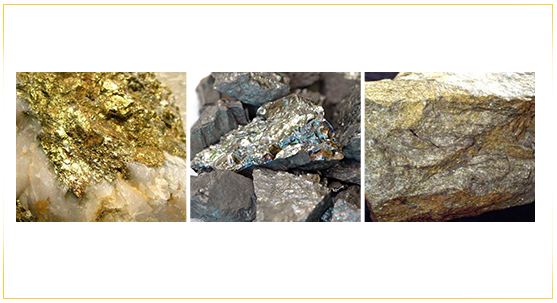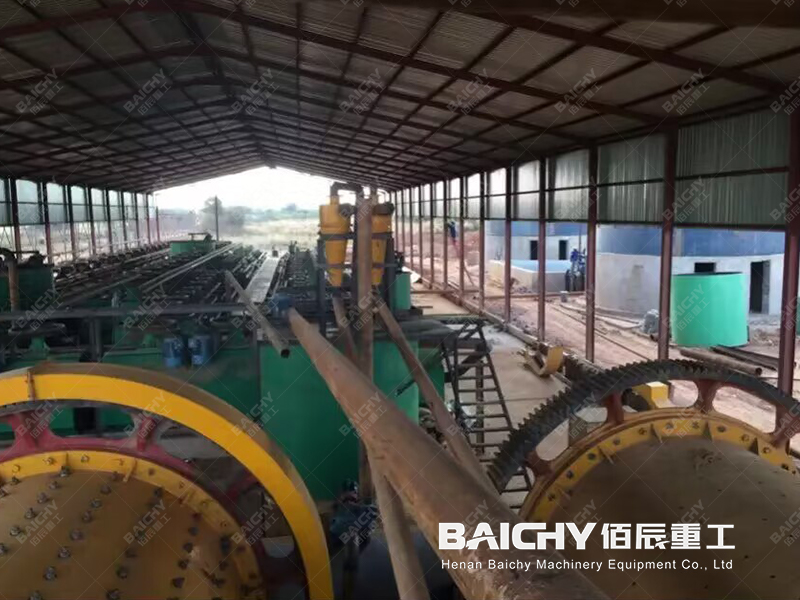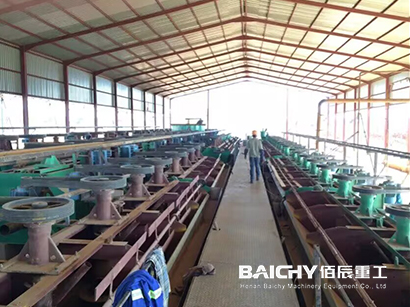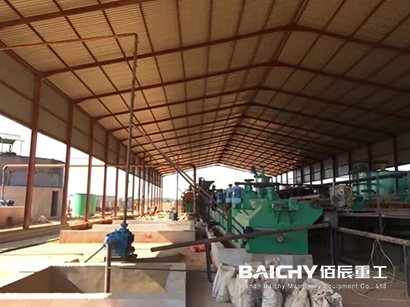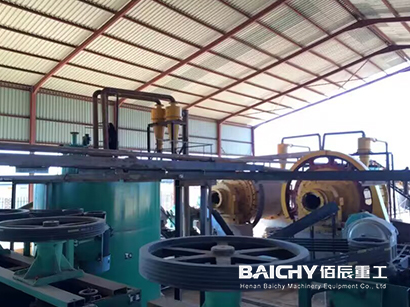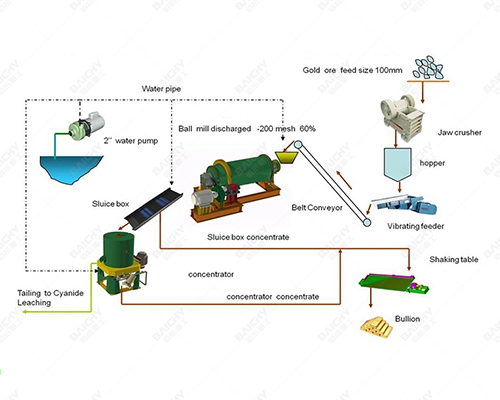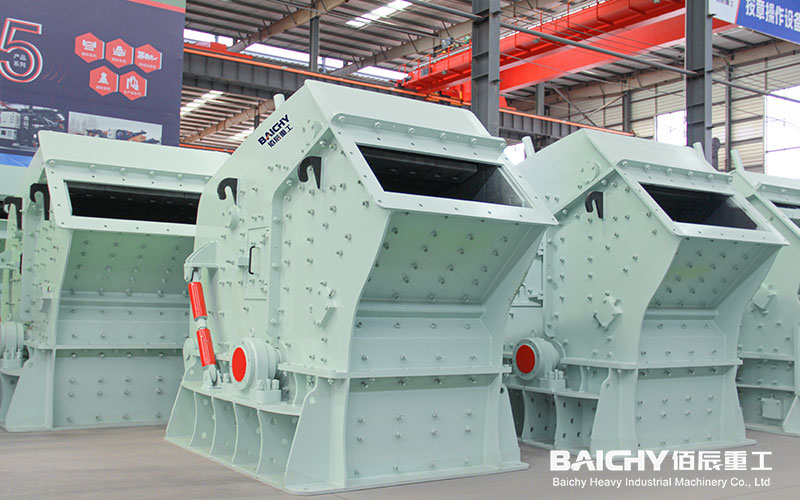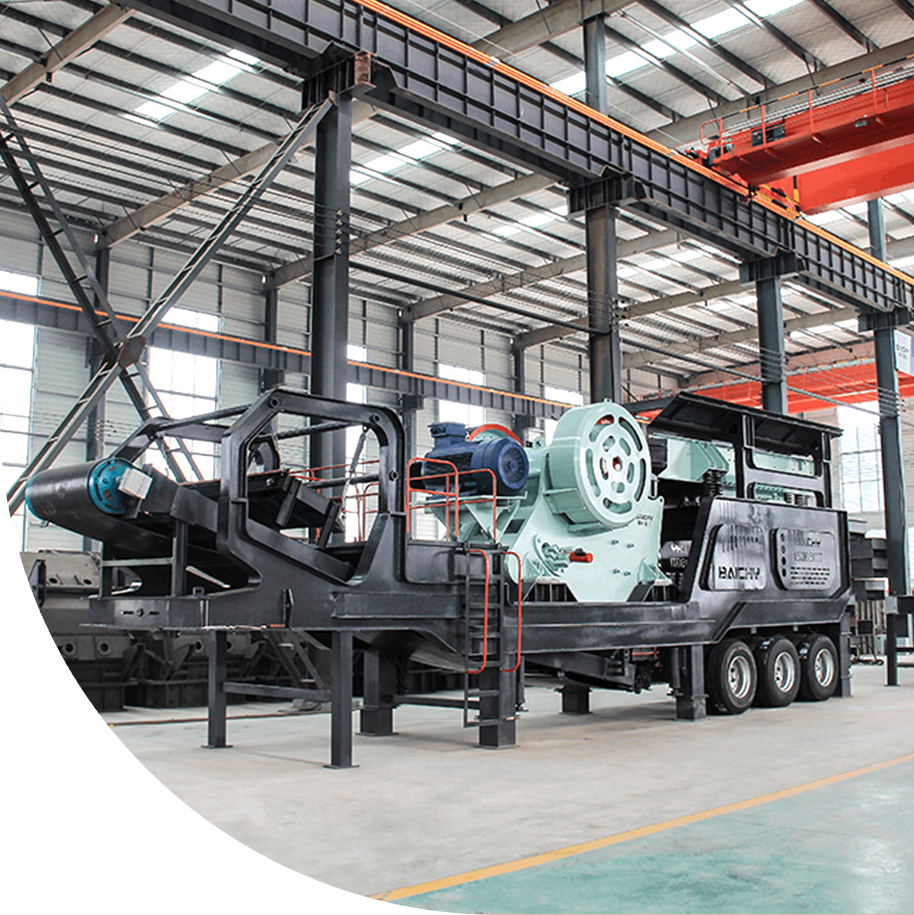Analysis of the whole process of gold flotation extraction process
1. Ore pre-processing system
• Crushing stage: adopt a three-stage crushing process, the jaw crushercompletes the coarse crushing (≤150mm), the cone crusher performs the medium and fine crushing (≤30mm), and finally the ball mill is wet-grinded to less than 0.074mm (200 mesh), achieving the process requirement of monomer dissociation degree >85%.
• Key equipment: jaw crusher → hydraulic cone crusher → overflow ball mill (equipped with spiral classifier, closed loop)
2. Slurry conditioning system
Agents:
• Collector: butyl/isoamyl xanthate (50-200g/t), enhances the adsorption energy of the gold surface through the hydrophobic effect
• Foaming agent: MIBC methyl isobutyl carbinol (10-50g/t), to control the stability of the foam layer
• pH regulator: lime milk (maintain pH 8.5-10.5), inhibit pyrite from floating
• Dynamic slurry conditioning: adopt a three-stage series stirring tank (residence time>15min), slurry concentration is regulated in the solid content range of 25-35%, equipped with an online pH/ORP monitoring system to achieve closed-loop control
3. Flotation separation system
Core mechanism: Based on the difference in wettability of mineral surfaces, hydrophobic gold particles are modified by reagents (contact angle > 65°) and selectively attached with microbubbles (diameter 0.8-1.2mm) under aeration stirring conditions (impeller linear speed 6-8m/s) to form a mineralized foam layer.
Equipment selection:
• Roughing section: KYF type aerated mechanical stirring flotation machine (single tank volume 16m³)
• Sweeping section: JJF type self-priming flotation machine
• Concentration section: flotation column (height 6-8m, countercurrent flushing water system)
4. Concentrate enrichment system
Multi-stage concentration process:
• The foam product is concentrating three times (the concentrate grade is increased to 40-80g/t)
• Regrinding and re-selection of medium ore (vertical mill fineness -400 mesh>95%)
• Dehydration bin pre-concentration (bottom flow concentration>60%)
Process intensification: The new cyclone microbubble flotation unit is used to increase the recovery rate of -20μm fine gold by 12-15%.
5. Solid-liquid separation system
Combined dehydration process:
• Stage 1: High-efficiency deep cone concentrator (processing capacity 50t/h·m², underflow concentration 70%)
• Stage 2: Plate and frame filter press (feed pressure 0.8MPa, filter cake moisture content <18%)
Special working conditions: Centrifugal dehydrator for ultrafine particle size (-10μm >30%)
6. Metal extraction system
Pyrometallurgical-wet process:
• Smelting system: Oxygen-enriched side-blown smelting furnace (1250-1300℃), gold and silver recovery rate >98%
• Wet refining: Aqua Regia leaching → activated carbon adsorption → electrolytic deposition (purity ≥99.99%)
• Environmental protection treatment: SO₂ flue gas acid production + cyanide three-stage cyanide breaking device


